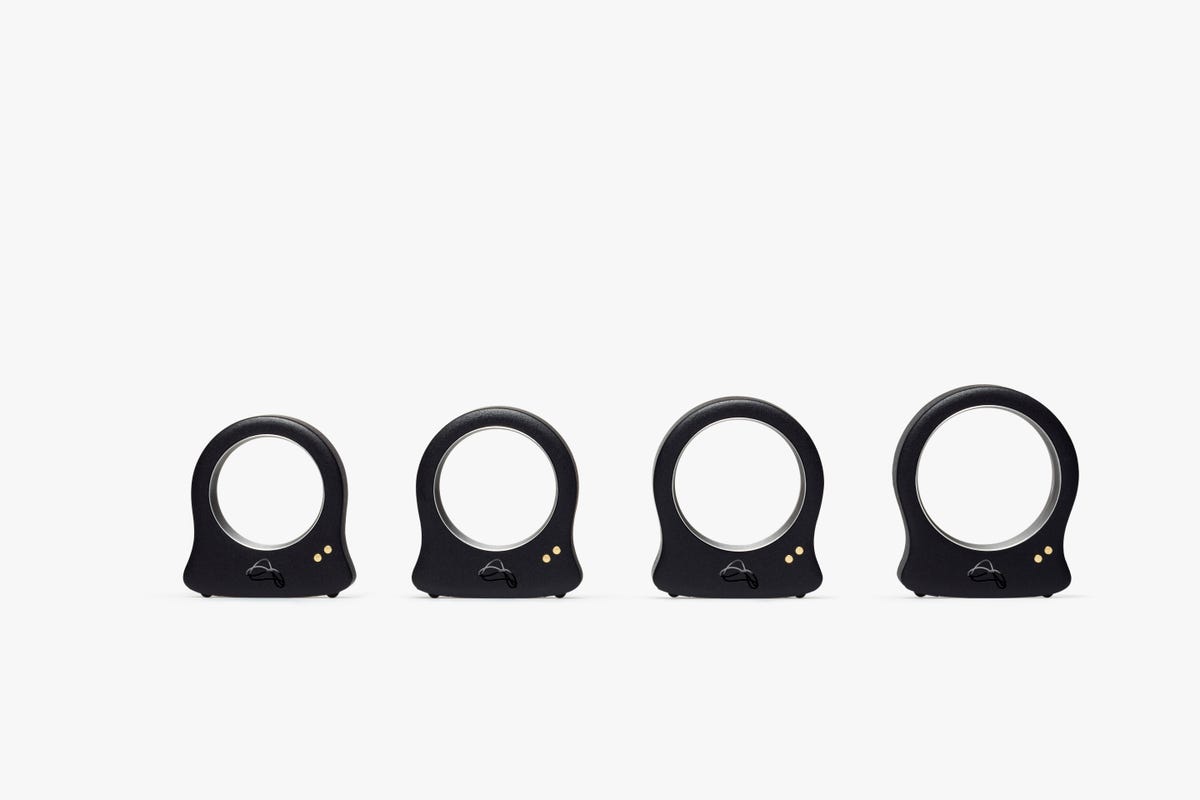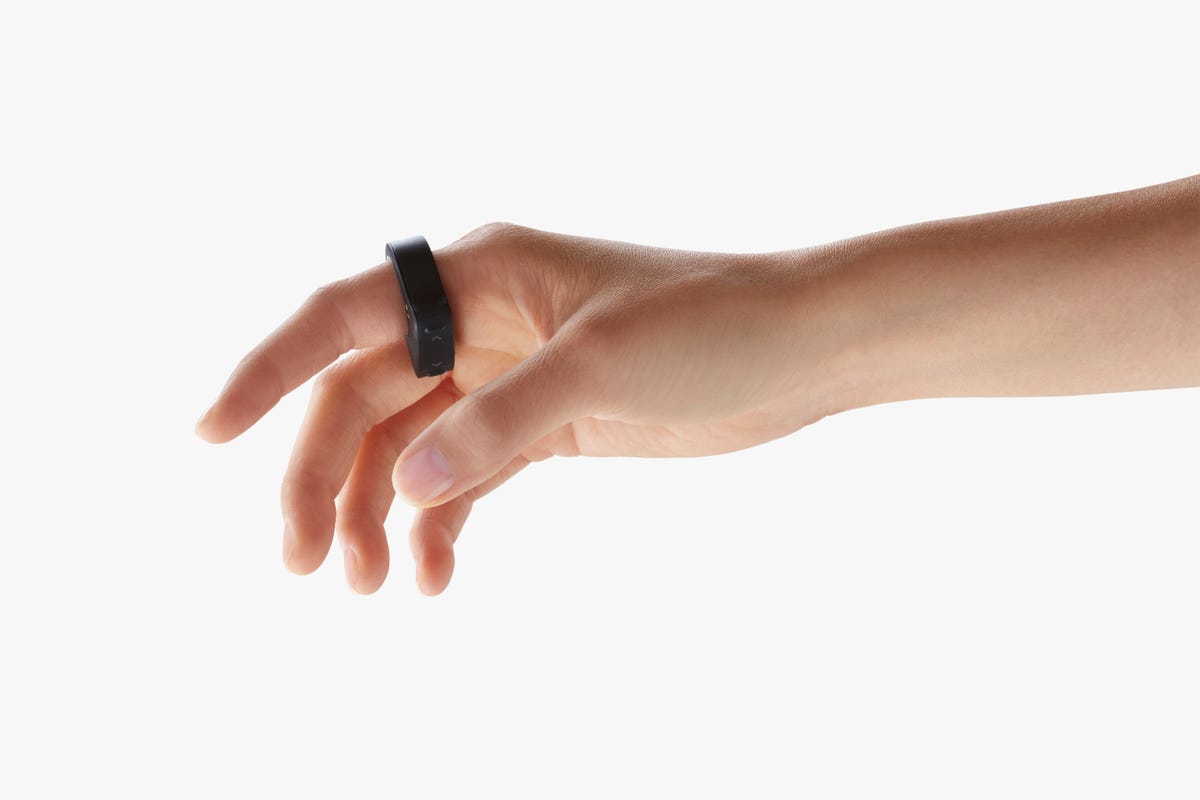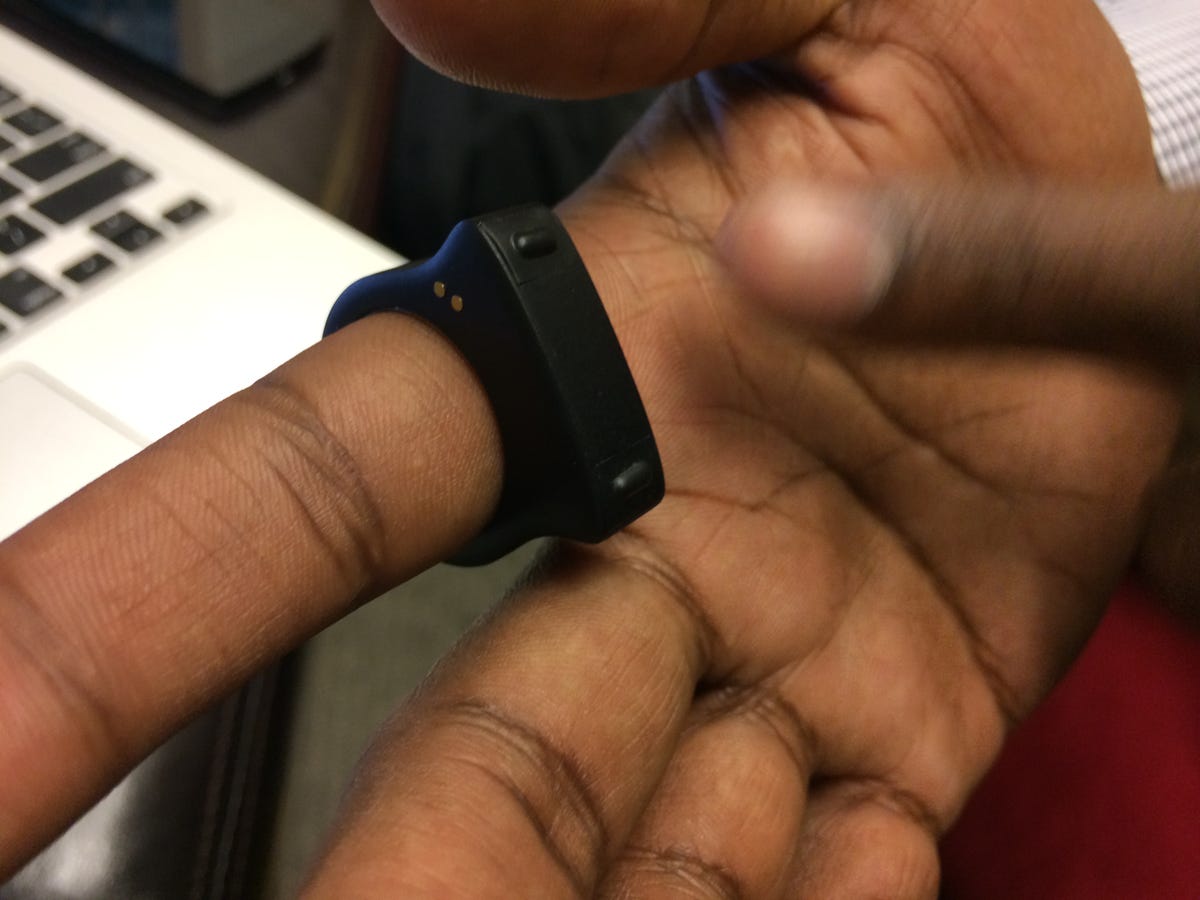

Now playing:
Watch this:
Nod, one wireless ring that aims to control many devices
1:21
I wasn’t sure what I would see when I got my first peek at Nod. A wearable-tech ring? I expected something that would track fitness, or show my mood by glowing. I wasn’t thinking about gesture controls. I didn’t expect a practical angle.
If you’ve ever dreamed of waving your hand and controlling your thermostat, TV, computer, garage, or lights, well, Nod is a Bluetooth ring that shares that dream. It’s a $149 gadget available for preorder today that’ll ship this fall. What it promises is gestural control for everything from Mac/Windows PCs to Nest Thermostats and Hue lighting systems to phones, and even wearables like Google Glass.
Nod ring controls all (photos)






+8 more
It certainly sounds like a tall order. Nod feels like a pretty large-scale dream. CEO Anush Elangovan previously worked at Google, and Nod aims to be a device that extends across the gap between wearables, phones, PCs and even TVs to be a universal controller. But it’s hard to tell how it’ll work, beyond being a small and clever type of air mouse pointer. The ring itself is small, and waterproof up to 5ATM, with IP68 dust and water protection. Once charged, it lasts about a day. Inside are a variety of motion sensors, including a nine-axis accelerometer, plus two Cortex M3 processors. On the outer edge is a touch-bar and extra button controls. The ring is worn over your forefinger, and it works like a superpowered pointer: point and move your finger, and a cursor moves around wherever you’re aiming.

Nod Labs
The Nod needs to be sized to an individual finger: I was fitted with one of 12 sizes for a review model that we’ll check out sometime around early summer. The version I saw and had demoed for me at CNET is an early prototype: the final version, I’ve been promised, will be thinner and lighter. The ring has a dark plastic outer surface, and surgical-grade steel inside. Nod’s team has former employees from Jawbone and Fuelband, and the intention is to create a wearable that feels just as good.
What could the Nod be used for? Well, first of all, it could be a fun, little executive keynote remote, if nothing else: the ring’s controls and accurate pointing could make presentations and lectures its best use case. The Nod ring claims 32,000 dpi accuracy for movement, so accurate that its founders claim it could be used for gaming. That would depend, of course, on what games were used, and the limits of your own neurological system: aiming with a finger in midair doesn’t seem exactly easy.


Nod Labs
The Nod could also be a device to enable an extra layer of device-based security: your Nod could help unlock a phone, or be used to log into a computer. Nod’s hardware allows for multiple users at once.
Nod could also be used for “ambient control” of a home: turning on and off lights, adjusting temperature, or unlocking a door. The Nod has both gesture and proximity-sensing, and recognizes one-, two-, or three-finger motions, along with swiping and rotating.
I held the Nod, but the actual motion demos were presented before me by Nod’s team, on an Android phone connected to a TV via HDMI. The cursor moved around as the Nod-wearing finger pointed, and it seemed relatively responsive, with occasional lag on rapid-fire motions. A Nod user can gesture and click anywhere, use multifinger gestures that developers could program for via an Open Spatial API, or even opening up a keyboard to air-type with swipe-like gestures.


Scott Stein/CNET
The one thing Nod lacks is a microphone. If Nod had a microphone, it might not be as waterproof. Would that matter? Voice is an increasing part of the hands-free and home-theater and smart home landscape, simply because it can be easy to use if all the pieces fall into place. Some voice command systems are great; others are a pain. Maybe Nod could work in tandem with voice commands in the future. It seems like a better solution than air-typing.
Out of the box, Nod’s founders claim Nod will work with LG TVs from 2012 and later, Macs and PCs, as well as Android and iOS. Google Glass will be able to run apps that work with Nod, and there’s promised support with Nest, Hue, GoPro, WeMo, and even Roku, along with Nod Labs partnerships with Broadcom, Boxfish, and Metaio for future applications and interfaces.
Compatibility doesn’t always mean an excellent experience. Will these all live up to the promise being offered by Nod? That remains to be seen. Right now, Nod reminds me of a Leap Motion controller without wires that’s been shrunk down to fit on a finger. Will it succeed in being the universal magical ring for everything? Stay tuned.



